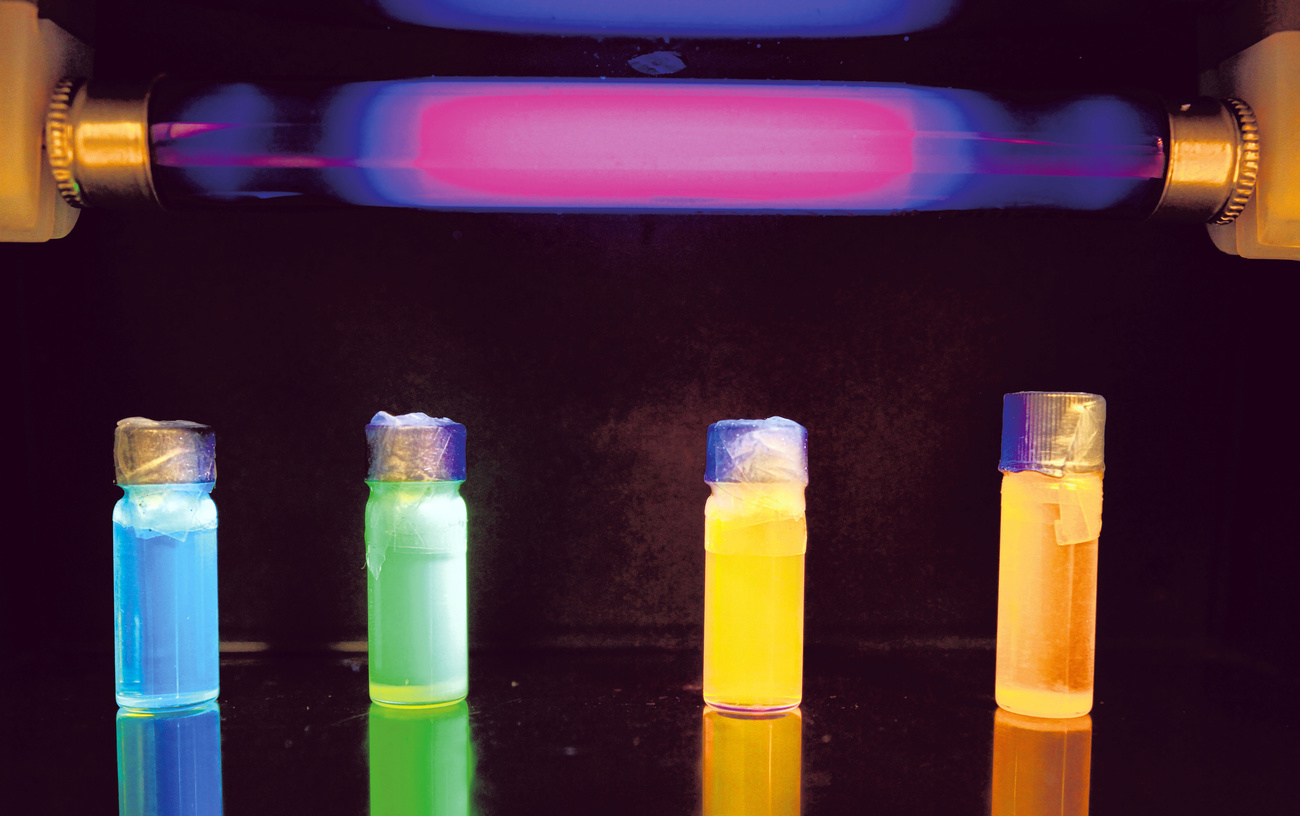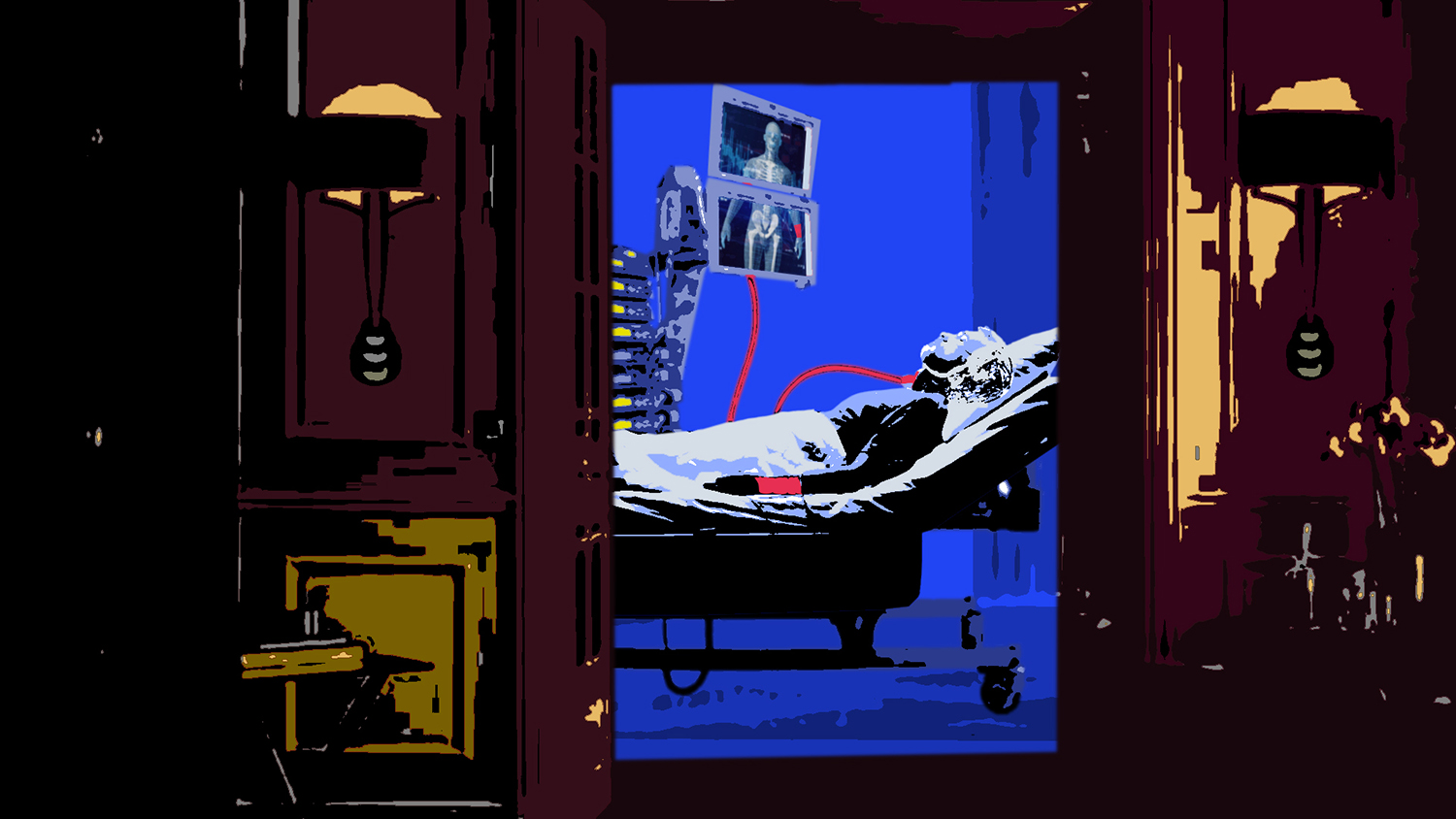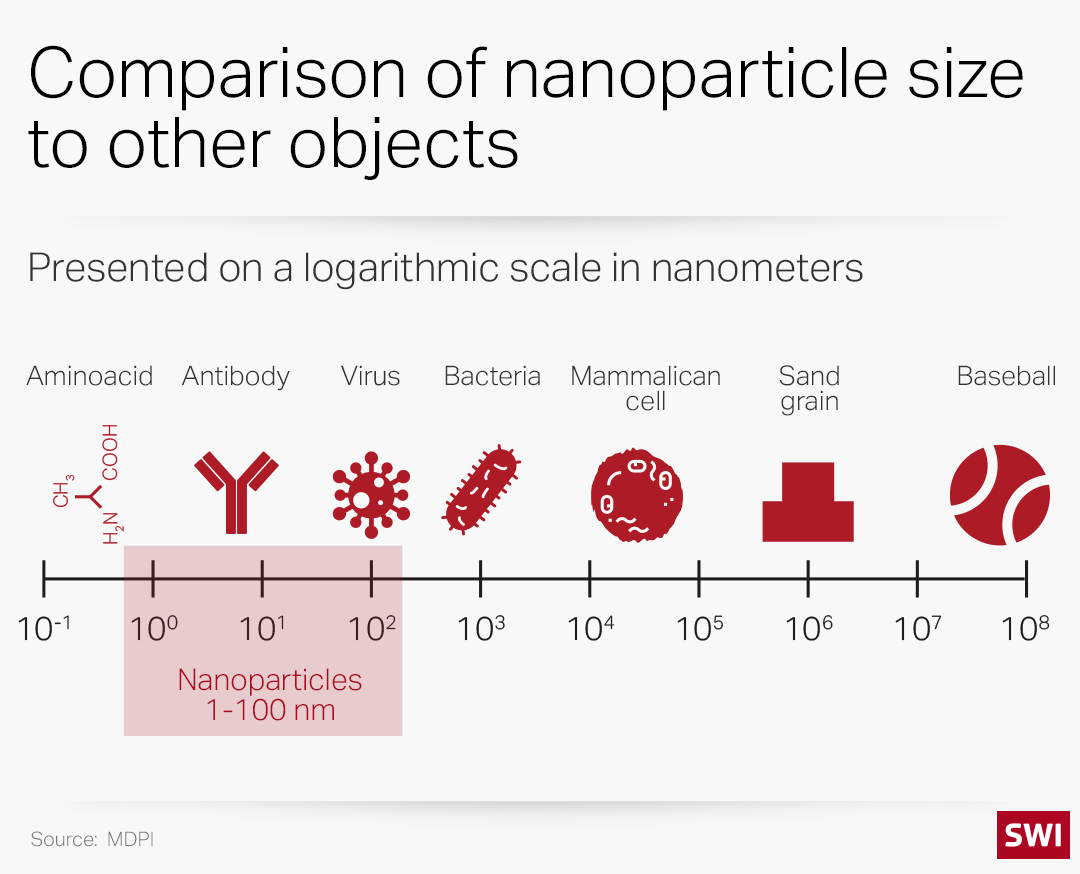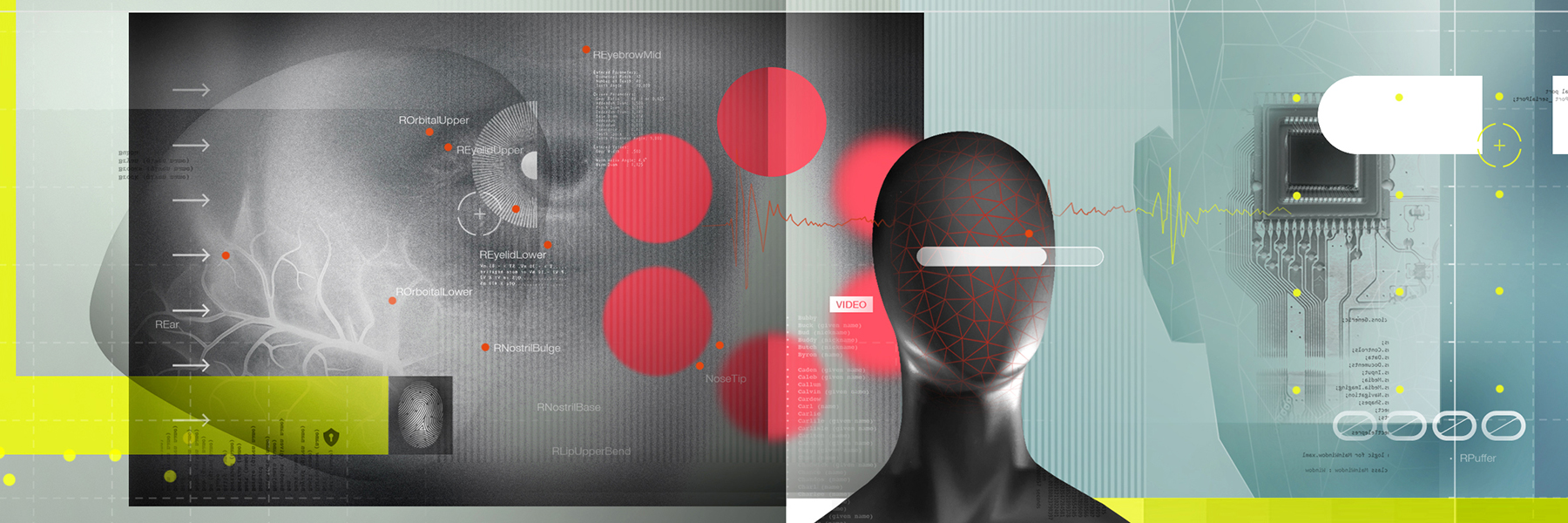‘Nanotechnology is the medicine of the future’

Nanotechnology represents the future of personalised medicine, especially in treating diseases like cancer, says a top Swiss researcher in the field. What can the technology do, and how close does it come to science fiction scenarios?
For some, the term “nano” conjures strange scenarios out of science fiction. But nanoscience simply refers to a technique for manipulating particles on a “nano” scale, such as molecular. Rather than scaring us, the technology should give us hope, argues Cornelia PalivanExternal link, Professor of Physical Chemistry at the University of Basel and a member of the Swiss Institute of Nanotechnology.
SWI swissinfo.ch: Do you think the scenario presented in this science fiction story is likely, and that nanotechnology injected into the human body could somehow take over and manipulate a person?
Cornelia Palivan: I would say not. We are very, very far from that scenario. So-called “nanobots” are science fiction for the moment – something fascinating, but remaining surreal. One might reflect, at most, on the danger of engineering nanoparticles containing toxic compounds, or of potentially lethal chemical and biological weapons being developed by governments, but we are talking about poisons here and that has nothing to do with size. The label “nano” does not define a technology as good or bad, but instead identifies a way of solving problems at a molecular level. This can be extremely useful, especially in medicine.
Nano Ex Machina: should nanotechnology frighten us? The second episode of SWI swissinfo.ch’s sci-fi series is now available:

More
Nano Ex Machina
SWI: How so? What does it mean to develop nanotechnology today?
C.P.: My research group and I are working on the implementation of nanotechnology in various fields, from medicine to ecology and food science. We are doing this through the development of so-called “bio-hybrid materials”, obtained by combining biomolecules – such as proteins and enzymes – with synthetic materials in very small quantities. We are talking about nano-scale compartments (very small capsules) that do not exceed 100 nanometres in radius and within which we encapsulate, for example, enzymes that will act when these compartments are absorbed by the body.
One of the problems in medicine is that the biomolecules contained in drugs quickly lose their effectiveness. With bio-hybrid materials as our nanocompartments, it is possible to maintain the full functionality of proteins and enzymes and ensure that they carry out their activities. Moreover, thanks to these synthetic “nano capsules”, the biomolecules are protected and remain intact.

Tomorrow’s Utopias and Dystopias: don’t miss the first installment of the sci-fi series:

More
Eyes on me
SWI: Is nano-medicine more effective than traditional drugs?
C.P.: Yes, but it’s not just a question of efficacy. In medicine, the biggest challenge today is to also make drugs safer, by reducing side effects. Anyone can go to the pharmacy and buy different coloured pills to treat different diseases. But the question is: what’s in them? The idea is that the doctor of the future will not only prescribe medicine to his or her patients but will also make sure that the medicine works in the right place and is not toxic to other parts of the body. This is what everyone expects when they go to the pharmacy. From this point of view, nanotechnology can help, because it allows these carriers to be “engineered”.

Working with nanotechnology means trying to copy nature to understand how a specific protein acts inside a cell and replace it where necessary if it is missing due to a disease. If we resort to the classic solution – the introduction of molecules in powder form, as is the case with most drugs – the risk is that in some situations the substances will not make it into the cells because they are too big to be absorbed.
A well-known example is vaccines based on messenger RNA technology [such as those developed against Covid-19]. Ribonucleic acid or RNA is embedded in nanoparticles that act as carriers named “vectors”. These vectors protect the molecule and transport it to where it is needed. Being chemically engineered, these nanoparticles are more likely to be accepted by cells.
SWI: Are there risks associated with nanotechnology, also given that it’s new?
C.P.: Of course. But it’s difficult to say what the risks are because it takes several years of tests and clinical results before we can assess them in their entirety. So it’s normal for people to ask questions. For example, in the case of the Covid-19 vaccines, we know that they work well and we know the short-term effects, but we don’t yet know the long-term effects because nobody has had time to study in-depth something that appeared a year and a half ago. So these long-term risks have to be addressed by science.

More
How deepfakes are impacting our vision of reality
But I would like to say one very important thing. In order to be marketed, drugs and of course drug carriers go through years and years of research, studies and even failed tests. It can be a very frustrating process because every time a step fails you have to start all over again. But this is inevitable, because the human body is a very complex machine, and this is needed to ensure the safety of the drug. This also applies to nanotechnology: no matter how promising the solutions created are, if they don’t make it through all the testing stages they are trashed.
SWI: In what fields could nanotechnology make a difference in the future?
C.P.: In medicine, certainly in cancer diagnostics and treatment. Nanoparticles are known as contrast agents and could be very useful for identifying tumours in specific areas of the body or in monitoring the direction of tumour cells. In addition, nanotechnology gives a significant boost to personalised and precision medicine, which is essential in cancer treatment. This is the only possible future [for the treatment] and in this sense nanoscience is the only solution because it allows to engineer at molecular level each type of carrier and attach specific antibodies. This is why we can consider nanotechnology the “medicine” of the future.
In other areas, nanoscience could help ecology by solving the major problem of water purity. Thanks to nanoparticles containing proteins capable of fighting pollutants, water could be purified. These same particles could also be used in the food industry to detect changes in food quality and spoilage.

More
The ethics of artificial intelligence
SWI: Who can afford these ‘drugs of the future’?
C.P.: Indeed, the costs are high and certainly not affordable for everyone, but I don’t see a solution to this problem for the time being. The companies developing the technologies have an interest in keeping prices high and preserving patents as long as possible for profit reasons. From that point of view, the issue is not yet solvable.
SWI: Does this mean that in the future only a part of the population, the wealthy, will be able to afford to treat cancer, for example?
C.P.: Unfortunately, yes if the costs of treatment do not decrease. I would like to be more optimistic, but I don’t see a perspective yet. It would take an overall political vision and action at the international level. The initiatives of individual countries, such as Switzerland or France, are not enough.
SWI: Do you envisage a future in which nanotechnology could extend human life?
C.P.: Some experiments are under way, but it is very difficult because the human body is something wonderful and incredibly complicated. Also, there are two big challenges to overcome. One is to extend life, the other is to extend the quality of life. We have already seen that, as the average age increases, neurodegenerative diseases are also on the rise. From this point of view, living a healthy life for as long as possible is more important than simply living longer.
With my group we are working on so-called “artificial organelles”. Organelles, such as mitochondria, are cell structures that are fundamental to life. With our artificial organelles, we want to try to copy nature by including synthetic materials that make them stronger. This technology could be very promising in the future for supporting the processes that underpin life.

In compliance with the JTI standards
More: SWI swissinfo.ch certified by the Journalism Trust Initiative










You can find an overview of ongoing debates with our journalists here . Please join us!
If you want to start a conversation about a topic raised in this article or want to report factual errors, email us at english@swissinfo.ch.